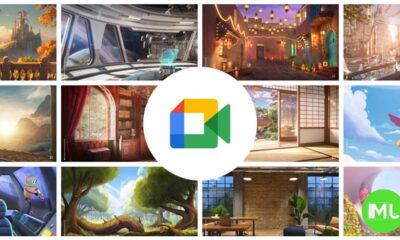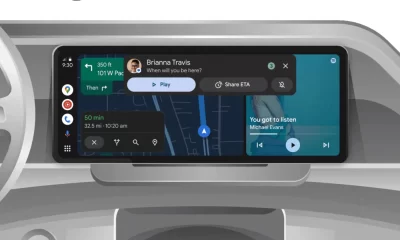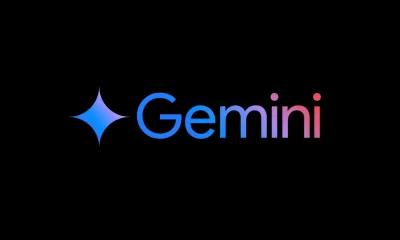Android
Android 15 QPR2 Beta 1: New features, custom modes, Linux Terminal app, and revamped Pixel wallpaper experience Introduction
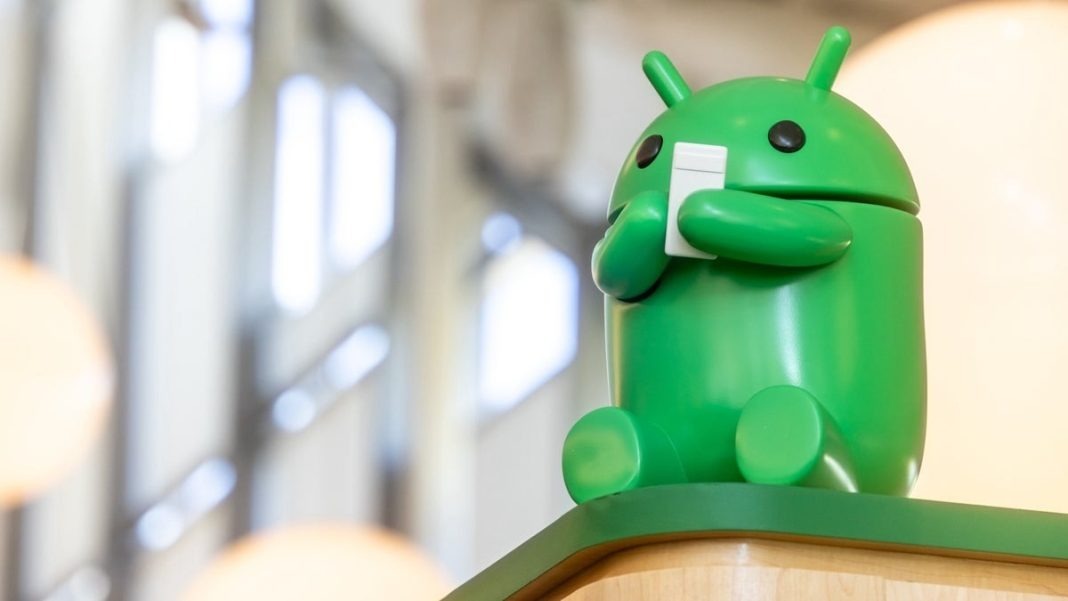
Google is already pushing out the Android 15 QPR2 Beta 1 update to its Pixel devices, even before the official release of QPR1 in December. This new Quarterly Platform Release (QPR) brings a host of exciting changes, bug fixes, and fresh features to improve user experience. Let’s dive into all the significant updates coming with this release, including a customizable Do Not Disturb Mode, a new Linux Terminal app, and a redesigned Pixel wallpaper interface.
What is Android QPR?
QPR (Quarterly Platform Release) is a mid-cycle update strategy by Google to introduce significant features without waiting for a major Android release. Unlike regular monthly updates that focus on minor bug fixes, QPRs include bigger enhancements and UI changes, making them ideal for testing new features before the next major Android version. The stable release of Android 15 QPR2 is expected in March 2025.
Key Features of Android 15 QPR2 Beta 1
1. Customizable Do Not Disturb Modes
One of the standout features of Android 15 QPR2 is transforming the “Do Not Disturb” feature into a fully customizable “Modes” system. Here’s what’s new:
- Multiple Custom Modes: Users can now create different Modes, each tailored to specific needs. For example, you could have a “Work Mode,” “Sleep Mode,” or “Exercise Mode,” each with unique settings for notifications, alarms, and display options.
- Icon and Trigger Options: Each Mode can have its own icon and be triggered manually or automatically based on time, location, or connected devices. You can choose from over 40 different icons, which will be visible on the status bar and lock screen when the Mode is active.
- Quick Access: Modes can be easily toggled via the new Quick Settings tile, offering users a fast way to switch between different setups without diving into the settings menu.
This new system offers flexibility beyond the traditional “Do Not Disturb” and allows users to customize their phone experience according to their lifestyle.
2. Introduction of a Linux Terminal App
In a bid to enhance productivity on Android devices, Google has introduced a Linux Terminal app in Android 15 QPR2 Beta 1. Here’s what this feature entails:
- Linux Terminal Integration: This feature is designed for developers who need to run Linux commands or apps directly on their Android devices. It uses the Android Virtualization Framework (AVF) to enable a secure environment for running Linux distributions like Debian.
- Developer Options: The Linux Terminal can be enabled from the Developer options under Settings > System. After activation, a Terminal app appears, ready to execute Linux commands.
- AVF Expansion: Initially introduced in Android 13, AVF was created to securely compile sensitive code. In Android 15, Google has expanded its capabilities to support full-fledged operating systems, allowing a seamless experience when running Linux apps.
This update marks a step forward in making Android devices, especially those with larger screens like tablets, more suitable for developers looking to perform complex tasks on the go.
3. Early Redesign of the Pixel Wallpaper App
Google is also revamping the Pixel wallpaper app with changes spotted in the Android 15 QPR1 Beta 1 update. Here’s what to expect:
- Streamlined UI: The traditional tabs for customizing the home screen and lock screen have been replaced with a new swipe-based carousel. This change simplifies navigation, allowing users to switch between home screen and lock screen customization effortlessly.
- New Clock and Shortcut Customization: Customizing the lock screen clock style and shortcuts is now integrated into a bottom sheet design. This new interface displays all clock styles and shortcut options in a single, scrollable view, making it easier to select and preview changes.
- Enhanced Color Palette Picker: The system color picker has been updated to show more options at once. When selecting a color palette, the home screen preview zooms in, providing a clearer view of how the icons and theme will look. The dark theme toggle is also integrated for a quick preview of the theme in dark mode.
These UI changes aim to make the wallpaper and style customization process more intuitive, giving users a better preview of their adjustments.
Device Compatibility
The Android 15 QPR2 Beta 1 update is available for a wide range of Pixel devices, including:
- Pixel 6 Series: Pixel 6, Pixel 6 Pro, Pixel 6a
- Pixel 7 Series: Pixel 7, Pixel 7 Pro, Pixel 7a
- Pixel 8 and Pixel 9 Series: Pixel 8, Pixel 8 Pro, Pixel 8a, Pixel 9, Pixel 9 Pro, Pixel 9 Pro XL, Pixel 9 Pro Fold
- Others: Pixel Tablet, Pixel Fold
- Android Emulator: Available for developers using Android Studio
Users enrolled in the Android Beta Program for Pixel can receive the update via OTA (Over-The-Air). Alternatively, users can manually flash the factory image or sideload the update if needed.
How to Install the Android 15 QPR2 Beta
To get started with the Android 15 QPR2 Beta 1 update:
- Join the Android Beta Program: Enroll your compatible Pixel device at the Android Beta Program website.
- Check for Updates: Once enrolled, go to Settings > System > System Update to download the beta update.
- Flash or Sideload: Advanced users can also opt to flash the factory image or sideload the OTA update manually.
Upcoming Features and Expectations
While this update brings substantial new features, it’s clear that Google is laying the groundwork for even more significant changes expected in Android 16, slated for release in 2025. Some anticipated improvements include:
- Further Enhancement of Linux Integration: With the introduction of the Linux Terminal app, Google is expected to expand its capabilities, possibly supporting more Linux distributions and better compatibility with Android’s Virtualization Framework.
- Advanced Customization with Modes: As Google continues to refine the Modes feature, we might see more triggers and deeper integration with third-party apps and services, making it even more versatile.
- UI Overhauls Across Pixel Devices: Based on the early design changes in the wallpaper app, we can anticipate a more cohesive design language throughout Pixel’s UI in future updates.
Conclusion
The Android 15 QPR2 Beta 1 update brings exciting enhancements to Pixel devices, focusing on productivity, customization, and user experience. With features like the customizable Modes system, a developer-focused Linux Terminal app, and a revamped Pixel wallpaper app, Google is setting the stage for a more versatile and user-friendly Android ecosystem. Users looking to get an early taste of these features can join the Android Beta Program, but it’s advisable to back up your data as betas may still have some stability issues.
This update is just the beginning, and we can expect even more polished features in the stable release slated for March 2025. As Google continues its quarterly update strategy, Android users can look forward to receiving new capabilities and enhancements more frequently, making the Android experience more dynamic than ever.
Android
Easy ways to change Android Auto’s look with light and dark themes
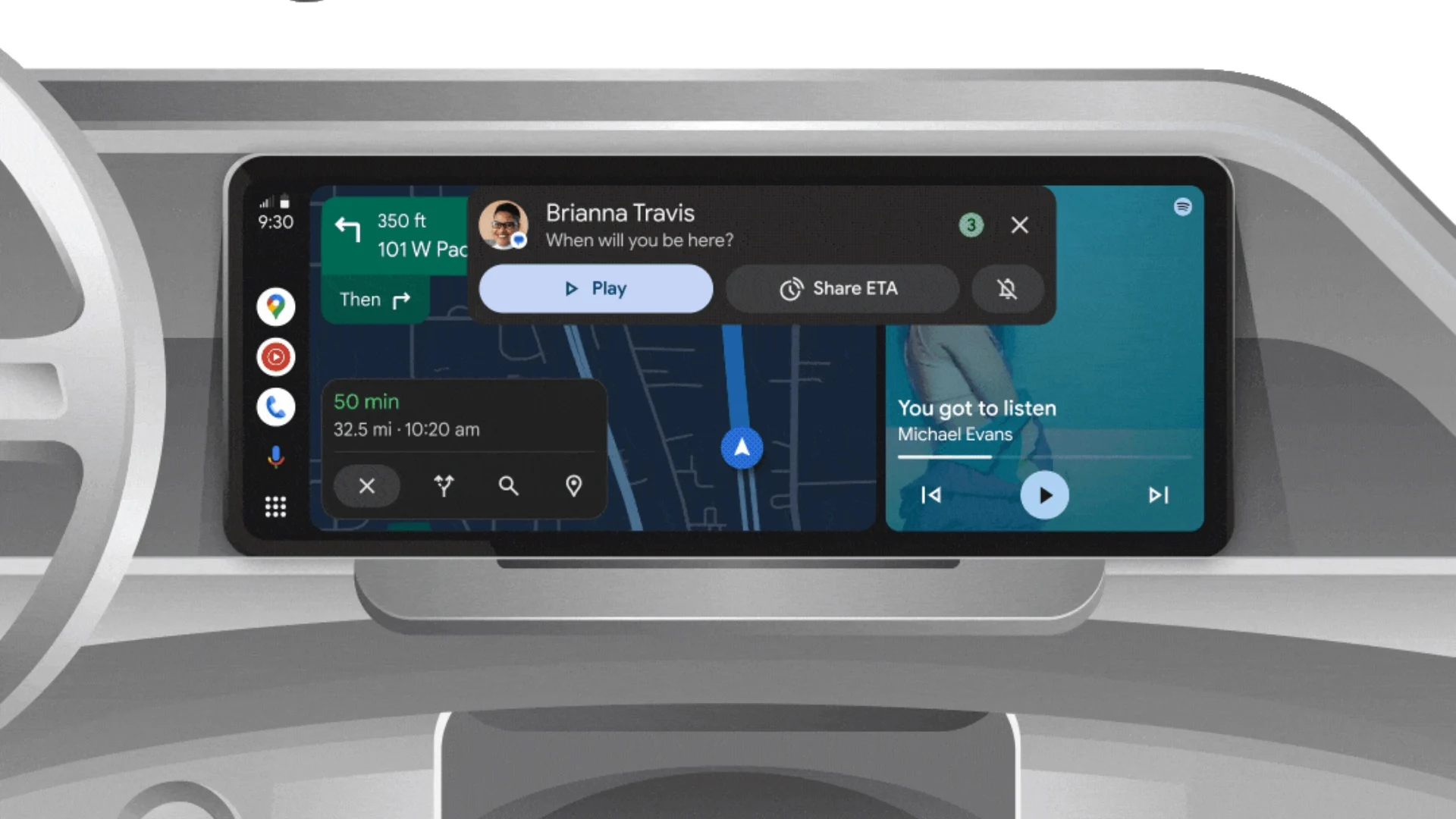
Android Auto is a helpful tool that lets you use your phone’s apps safely while driving. It connects your phone to your car’s screen, making it easier to use maps, music, and calls. One of the features many people like is the ability to change how Android Auto looks by switching between light and dark themes.
How to switch between light and dark themes
Android Auto offers two main themes: light and dark. The light theme uses brighter colors, which can make the screen easier to see during the day. The dark theme uses darker colors, which can be more comfortable for your eyes at night or in low light.
To change the theme, follow these steps:
- Open the Android Auto app on your phone.
- Go to the settings menu.
- Find the “Theme” option.
- Choose between “Light,” “Dark,” or “Set by car” (this lets your car decide the theme based on the time of day or your car’s settings).
Why themes matter
Using the right theme can make driving safer and more comfortable. The light theme is good for bright days, while the dark theme helps reduce glare at night. Having these options means you can pick what works best for you, making Android Auto easier to use in any condition.
In short, Android Auto’s theme options are simple to use and help you drive more safely by making the screen easy to see, no matter the time of day.
Android
Google’s New Updates: Gemini 2.5 Pro, Android 16 features, and Messages change

Google has just rolled out some exciting updates across its services and apps. Here’s a simple breakdown of what’s new and what it means for you.
Gemini 2.5 Pro is here
Google has launched Gemini 2.5 Pro, the latest version of its AI model. This upgrade brings smarter and faster responses, making it easier for users to get helpful answers. Gemini 2.5 Pro is now available in Google’s AI Studio and Vertex AI, so developers can build even better tools and apps using this technology.
Android 16 brings more customization
Android 16 is adding new ways to personalize your phone. One of the standout features is the ability to hide the clock on your lock screen, giving you a cleaner look if you want it. This is part of Google’s push to let users make their phones feel more unique. There’s also a new animation for the power button, making the experience smoother and more modern when you turn your phone on or off.
Google Messages removes the unsubscribe button
If you use Google Messages, you might notice that the “Unsubscribe” button is gone from some business messages. Google has removed this feature, so users now have to find other ways to stop unwanted texts. This change might make it a bit harder to manage spam, but Google hasn’t said why the option was removed.
What does this mean for you
These updates show that Google is focused on making its products smarter and more personal. Whether you’re using AI tools, customizing your phone, or managing your messages, you’ll see some changes that aim to improve your experience.
Android
Here’s what’s new with Google Keep and Android Automotive apps

Google Keep is getting a fresh look with the new Material You design, making it more colorful and easier to use on Wear OS smartwatches. The update brings bigger buttons and clearer text, so you can quickly jot down notes or check your lists right from your wrist. This makes Google Keep more handy when you’re on the go and don’t want to pull out your phone.
On another front, Android Automotive is improving how apps show information while you drive. Instead of opening full apps, you’ll see simple cards on your car’s screen that give you important details at a glance.
These cards help keep your focus on the road by showing things like music controls, navigation updates, or reminders without distractions. This new card system is designed to work smoothly with apps like media players and navigation tools, making your driving experience safer and more convenient.
Together, these updates show Google’s effort to make its apps smarter and easier to use in everyday life, whether you’re walking around with your smartwatch or driving your car. The focus is on clear, simple designs that help you get things done quickly without hassle.
In short, Google Keep’s new look on Wear OS and the smart cards in Android Automotive are small but useful changes that make tech fit better into your daily routine.
-
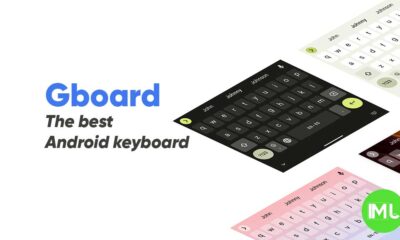
 Apps1 year ago
Apps1 year agoGboard Proofread feature will support selected text
-
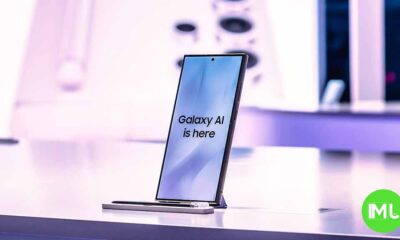
 News1 year ago
News1 year agoSamsung USA crafting One UI 6.1.1
-

 Apps12 months ago
Apps12 months agoGoogle Contacts app testing new Besties Widget
-
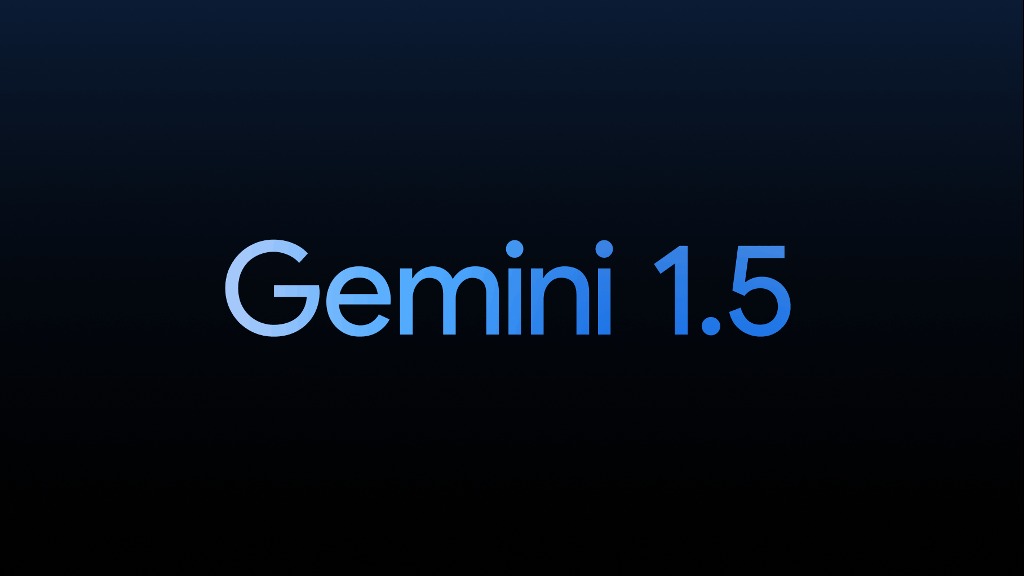
 AI12 months ago
AI12 months agoGoogle Pixel 9 Pro may come with a complimentary one-year Gemini Advanced subscription
-

 News1 year ago
News1 year agoBreaking: Samsung Galaxy S22 may get Galaxy AI features
-
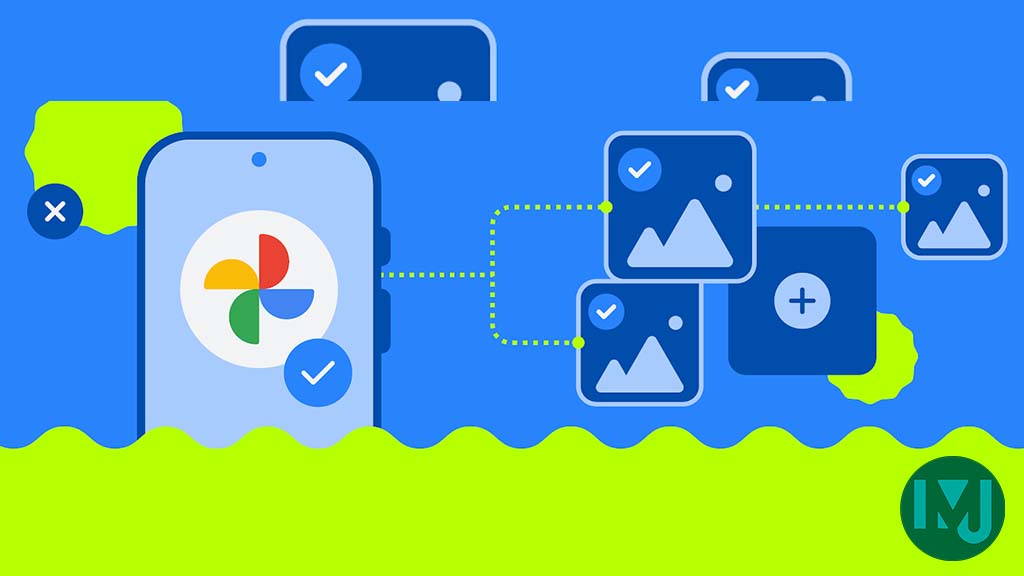
 Apps12 months ago
Apps12 months agoGoogle working on a new video editing feature for its Photo app
-
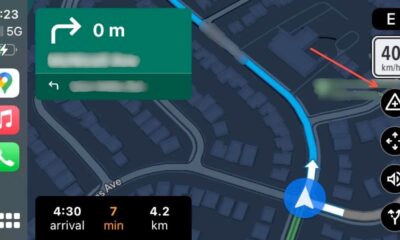
 Apps12 months ago
Apps12 months agoGoogle Maps lets you report traffic jams and accidents on Apple CarPlay, but not on Android Auto
-

 Apps12 months ago
Apps12 months agoGoogle Messages app will transform MMS chats into RCS

